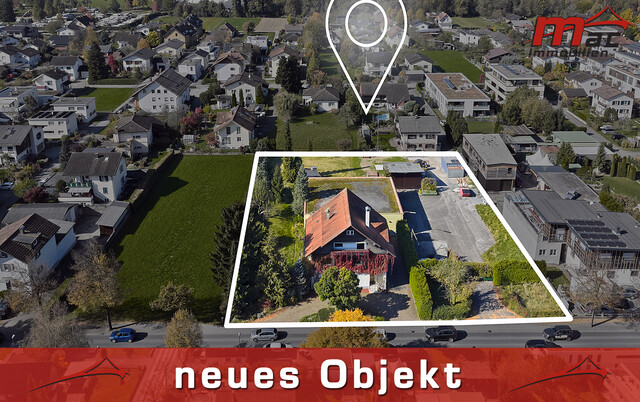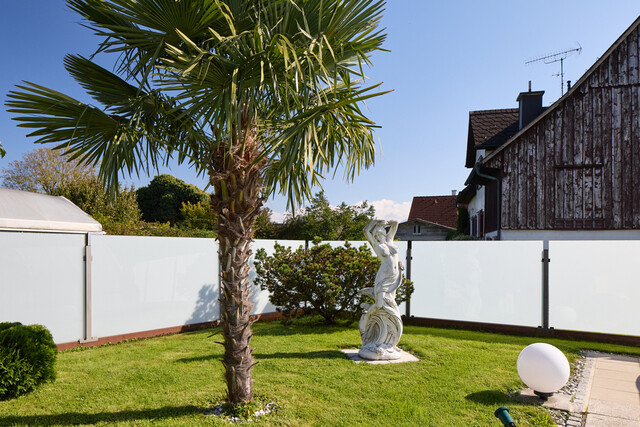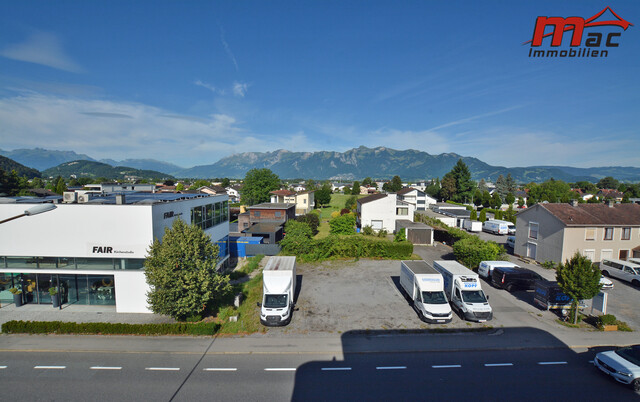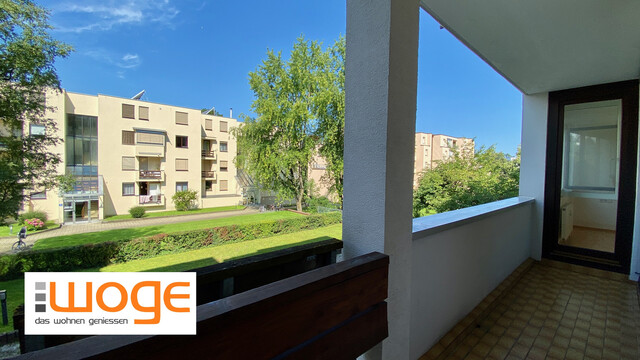Total Lunar Eclipse and Partial Solar Eclipse in March 2025

The total lunar eclipse occurs on March 14 and the partial solar eclipse on March 29. "However, both are not very spectacular," said Alexander Pikhard from the Vienna Working Group for Astronomy (WAA) to the APA. This is because, during the lunar eclipse, the moon sets too early, well before totality, in this region. The solar eclipse is visible in its full course, but the moon will only cover a small part of the sun.
About the Lunar Eclipse
A lunar eclipse occurs when the sun, earth, and moon are aligned, and the shadow of the sunlit earth falls on the moon. When the moon enters the earth's umbra, it is completely shielded from direct sunlight. In the penumbra, a portion of the sunlight still reaches the moon.
During the lunar eclipse on March 14, the moon enters the earth's umbra at 6:09 AM (Vienna). However, the moon sets at 6:15 AM and is only nine percent eclipsed at that time. Better views of the celestial shadow play are available in North and South America.
About the Solar Eclipse
Solar eclipses only occur during a new moon. At that time, the moon appears close to the sun from the Earth's perspective. On average, twice a year, the Earth's satellite at least partially covers the sun's disk.
In Austria, this spectacle can be seen in its full course on March 29: The partial solar eclipse begins at 11:41 AM (Vienna), with the maximum coverage reached at 12:18 PM. However, the sun will only be covered by the moon to a small extent: 14 percent in terms of diameter and six percent in terms of the sun's disk area. Overall, the partial eclipse—which, by the way, is not visible as annular or total anywhere in the world—lasts one hour and eleven minutes (Vienna).
To observe a solar eclipse, it is essential to protect your eyes with appropriate equipment. Eclipse glasses or solar filter film, available from astronomical specialty stores, are necessary. Sunglasses offer too little protection, and experts also warn against using "home remedies" like emergency blankets, soot-blackened glass, CDs, or similar items.
More Exciting Lunar Eclipse in September 2025
The year 2025 has another - more attractive - lunar eclipse to offer: On September 7, the moon will already be 86 percent in the Earth's umbra at its rise at 7:21 PM (Vienna). The total eclipse begins at 7:30 PM and lasts until 8:53 PM.
(APA/Red.)
This article has been automatically translated, read the original article here.
Du hast einen Hinweis für uns? Oder einen Insider-Tipp, was bei dir in der Gegend gerade passiert? Dann melde dich bei uns, damit wir darüber berichten können.
Wir gehen allen Hinweisen nach, die wir erhalten. Und damit wir schon einen Vorgeschmack und einen guten Überblick bekommen, freuen wir uns über Fotos, Videos oder Texte. Einfach das Formular unten ausfüllen und schon landet dein Tipp bei uns in der Redaktion.
Alternativ kannst du uns direkt über WhatsApp kontaktieren: Zum WhatsApp Chat
Herzlichen Dank für deine Zusendung.








